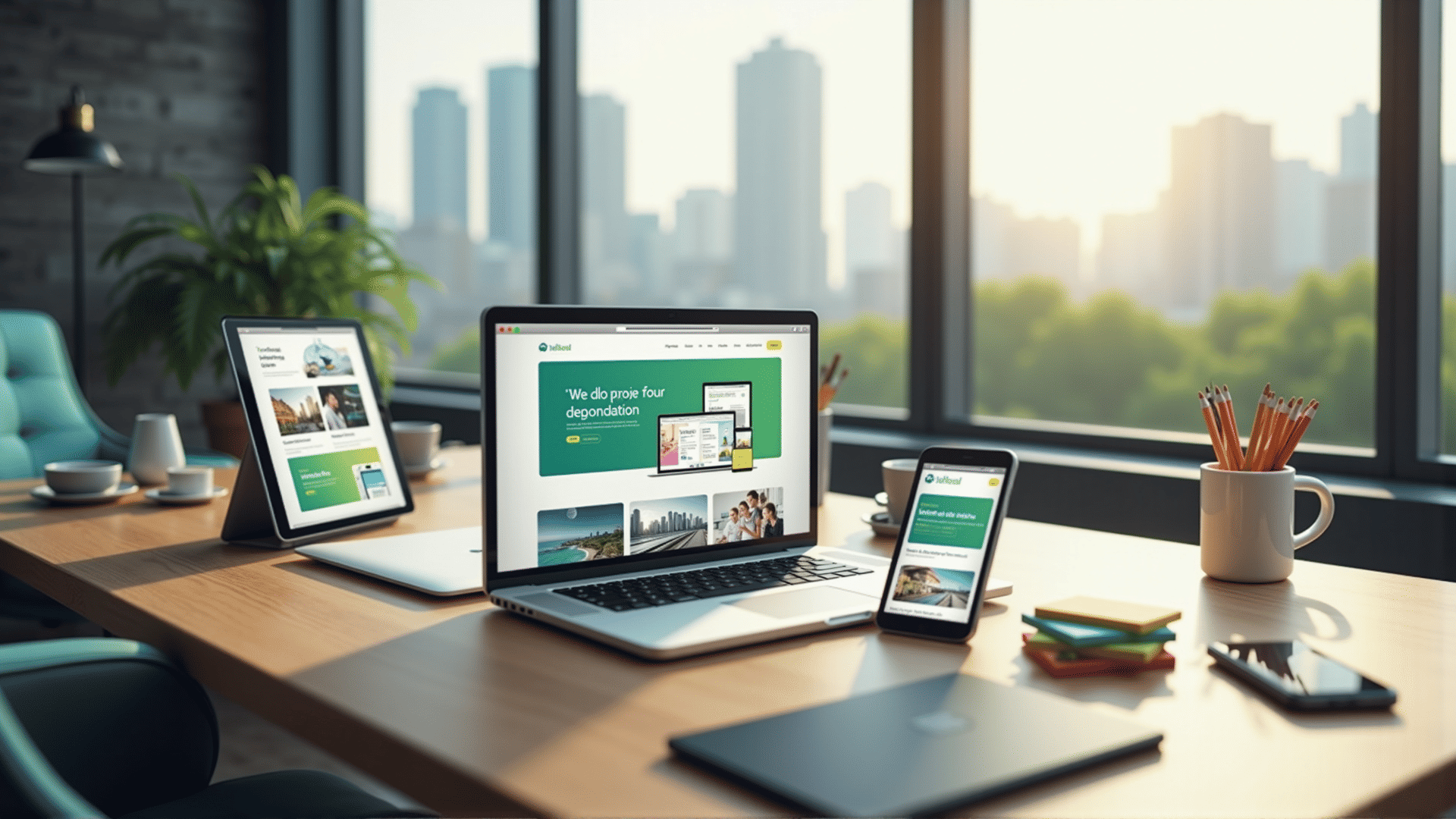In today's digital landscape, creating web designs that adapt seamlessly to a myriad of devices is not just a trend—it's a necessity. As technology evolves and the array of devices expands, from smartphones and tablets to laptops and desktops, ensuring that users have an optimal experience regardless of their screen size is critical. This is where responsive layouts come into play, harmonizing functionality with aesthetic appeal across all platforms.
At its core, a responsive layout is a design approach that crafts websites to provide the best viewing experience possible. This includes easy reading and navigation with minimal resizing, panning, and scrolling across a wide range of devices. The underpinning philosophy is that design and development should respond to the user’s behavior and environment based on screen size, platform, and orientation. As the user switches from a laptop to an iPad or a smartphone, the website should automatically accommodate the device's resolution, image size, and scripting abilities.
One of the key elements in creating responsive layouts is the use of flexible grids. Unlike traditional fixed-width layouts that define pixel values, flexible grids use relative length units, like percentages or ems, to ensure page elements adjust fluidly to any screen size. This adaptability ensures that content looks consistent and polished whether viewed on a 4-inch smartphone or a large desktop monitor.
Media queries, an essential technical component of CSS3, further enhance the responsiveness of a layout. They allow designers to apply specific styles based on characteristics of the user's device such as screen width, height, orientation, resolution, and more. By strategically defining breakpoints where the layout should adapt to a new screen size, designers can ensure that a web application not only functions well but also maintains its visual integrity across devices.
Images and media also play a critical role in responsive web design. Techniques such as using fluid images that scale within the confines of their containers and employing adaptive images that adjust based on the user's device capabilities ensure that media elements remain crisp and proportional. This not only enhances visual harmony but also improves loading speeds, as appropriate image sizes are delivered to each user.
Beyond technical execution, responsive design demands a thoughtful approach to aesthetics. It's not merely about fitting elements onto smaller screens; it's about prioritizing content and ensuring an intuitive user experience. Designers must consider how different elements complement each other and balance hierarchy and whitespace to guide the user's eye toward the most important content intuitively.
Ultimately, the success of a responsive layout lies in its ability to blend technology with creativity. Designers and developers must collaborate closely, innovating with each project to meet the unique needs of their audience. Thus, responsive layouts promise not only to enhance user satisfaction but also to future-proof web applications in an ever-changing digital environment. By prioritizing responsive design, businesses can ensure their websites are not only accessible but also aesthetically pleasing and functional across all devices, thereby achieving a delightful user experience that fosters engagement and loyalty.
